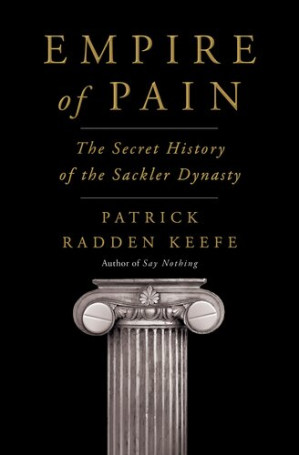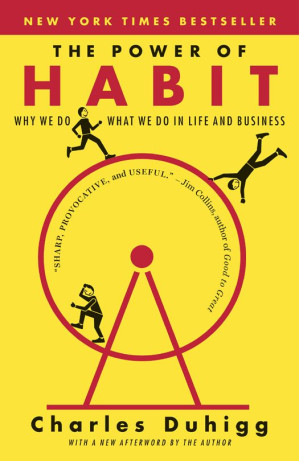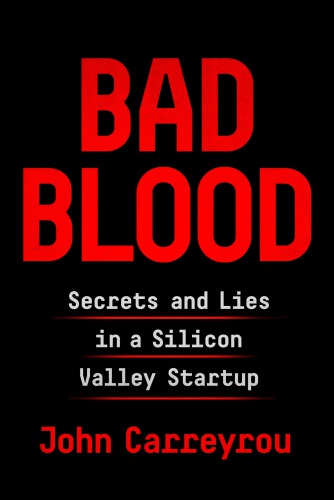Applied science needs realistic proxies.
Crash-test engineers rely on cadavers to calibrate seat belts and airbags.

Book summary
by Mary Roach
From crash-test labs to forensic farms, see how posthumous bodies advance science
Mary Roach tours the bizarre, world-improving jobs done by human cadavers
Topics
Read a chapter per session, tagging the research question, the stakeholders, and the ethical dilemma. Use Readever's compare view to line up these use cases with current medical or biotech debates you're following.
Things to know before reading
Mary Roach blends humor and investigative reporting to explore what happens to human bodies after death when they're donated to science. Chapters hop from surgical practice labs to ballistics tests, spaceflight research, and composting experiments, always asking who benefits, who consents, and why we giggle at the macabre. The book demystifies body donation while honoring the people who choose it.
Cadavers are silent collaborators in everyday safety.
Crash-test engineers rely on cadavers to calibrate seat belts and airbags.
Roach's footnotes and asides invite readers to confront mortality without shutting down.
The book contrasts unregulated grave robbing with modern consent-driven donation programs.
Ready to continue? Launch the Readever reader and keep turning pages without paying a cent.

Rebecca Skloot
Explores consent, race, and the cell line that changed medicine.

Patrick Radden Keefe
Investigates another medical story that raises ethical alarms.

John Green
Pairs storytelling with public-health advocacy, much like Roach's approach.
With Readever you can capture each scientific breakthrough cadavers enable—safer airbags, organ transplants, forensic timelines—and map them to your own curiosity about medicine or ethics.
Key idea 1
Crash-test engineers rely on cadavers to calibrate seat belts and airbags.
Roach shows how sensors embedded in donated bodies produce data mannequins can't replicate. Without them, automotive and military safety would lag. Use this to appreciate the invisible labor behind public health advances.
Key idea 2
Roach's footnotes and asides invite readers to confront mortality without shutting down.
The playful tone turns squeamishness into curiosity, providing a model for how to communicate tough subjects—whether you're a scientist, educator, or manager explaining uncomfortable truths.
Key idea 3
The book contrasts unregulated grave robbing with modern consent-driven donation programs.
Roach highlights past abuses to show why paperwork, family communication, and institutional oversight matter today. It's a reminder to examine the provenance of any data or samples you rely on.
Mary Roach tours the unconventional jobs cadavers perform—from serving as car-crash surrogates and surgical practice models to helping NASA figure out what happens to the human body in extreme environments. Each chapter tackles a different use case, explaining the science, the ethics, and the colorful personalities who work with the dead. It's an accessible primer on bioethics, anatomy, and gallows humor.
Open Readever's reader to highlight passages, ask the AI companion questions, and keep exploring without paying a cent.
Reviewers call Stiff "morbidly hilarious" for good reason. Roach uses curiosity and wit to disarm squeamishness without disrespecting donors. The New York Times praised her for "the perfect mix of humor and humanity," and the book spent months on bestseller lists. It also helped mainstream conversations around green burials and organ donation.
Critical reception: Named a Best Book of the Year by Entertainment Weekly, The Washington Post, and Salon; nominated for the Royal Society Science Book Prize.
Healthcare workers, med students, and EMTs encountering cadaver labs
Designers of safety equipment or transportation systems
Bioethics enthusiasts and lovers of quirky science writing
Anyone considering body or organ donation who wants to understand the process
Mary Roach is an American science writer famous for tackling taboo topics with wit. Her bibliography includes Gulp, Bonk, and Packing for Mars. She has written for National Geographic, New Scientist, and Wired, and is a regular TED speaker.

Patrick Radden Keefe
Another deep investigation into how science, ethics, and business collide.

Charles Duhigg
For readers who loved the mix of science and actionable insight.

John Carreyrou
A modern medical scandal that shows what happens without ethical guardrails.
Build your personalized reading stack
Tag each chapter's breakthrough to build a personalized cadaver-use timeline.
Share ethical discussion prompts with study groups directly from the app.
Pair this summary with *The Immortal Life of Henrietta Lacks* for a bioethics bundle.
Export key passages to inform donor paperwork conversations.
Sign in to Readever to keep reading with AI guidance, instant summaries, and synced notes.
Stiff reminds us that advancement often depends on unseen contributors. It invites readers to confront mortality with curiosity and gratitude, ensuring that donated bodies are viewed not as props but as partners in progress.
Start reading Stiff: The Curious Lives of Human Cadavers for free and unlock personalized book journeys with Readever.